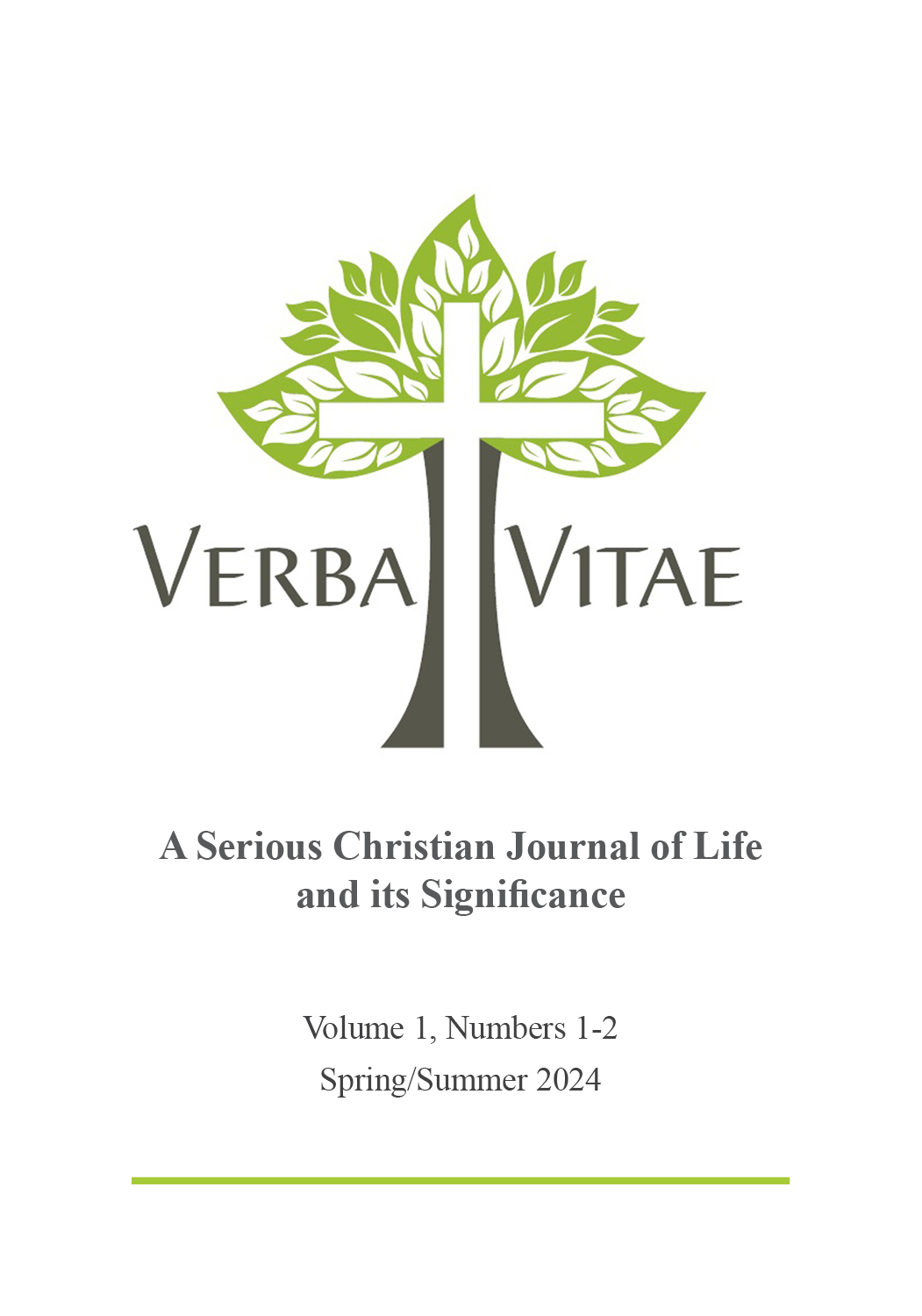Gaining Clarity on the That and What of Life
Main Article Content
Abstract
There is a fundamental distinction between the essence of a thing and its existence, a metaphysical distance that grounds the irreducibility (or even incommensurability) of the latter to the former. In modern logic this is the distinction between specification of polyadic predicates and their instantiation. The irreducibility of existence to essence problematizes easy consequentialist arguments arguing to the existence or nonexistence of a baby/fetus on the basis of the likely effects that the existence of this being shall have on the overall utility of a group. I argue that arguments from the utility of a group to the existence of an individual while prima facie problematic, can proceed cautiously when structured as defeaters if and only certain conditions are met to the overall inferential isolation of existence from essence.
Downloads
Article Details
References
Marc Cohen, “Individual and Essence in Aristotle’s Metaphysics,” in George C. Simmons, ed., Paideia: Special Aristotle Issue (Buffalo, NY: State University College, 1978), 75-85.
Being and Some Philosophers, 2nd ed. (Toronto, ON: Pontifical Institute of Medieval Studies, 1952), History of Christian Philosophy in the Middle Ages (New York: Random House, 1955).
Corpus Thomisticum, Saint Thomas Aquinas, De Ente et Essentia. Text published by L. Baur of the Westphalian Monastery in 1933. Edited by J. Koch and transferred to magnetic tapes by Roberto Busa SJ. Revised and arranged by Enrique Alarcón, Chapter 3. 2011 Fundación Tomas de Aquino. OCLC nr. 49644264. https://www.corpusthomisticum.org/oee.html. Accessed January 15, 2024.
Christopher Menzel, “The Possibilism-Actualism Debate,” The Stanford Encyclopedia of Philosophy, Fall 2023, Edward N. Zalta & Uri Nodelman, eds. https://plato.stanford.edu/archives/fall2023/entries/possibilism-actualism/. Accessed December 18, 2023.
Richard Cross, “Medieval Theories of Haecceity,” The Stanford Encyclopedia of Philosophy, Winter 2022, Edward N. Zalta & Uri Nodelman, eds. https://plato.stanford.edu/archives/win2022/entries/medieval-haecceity/. Accessed January 6, 2024.
